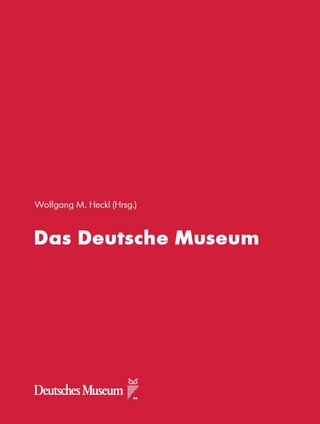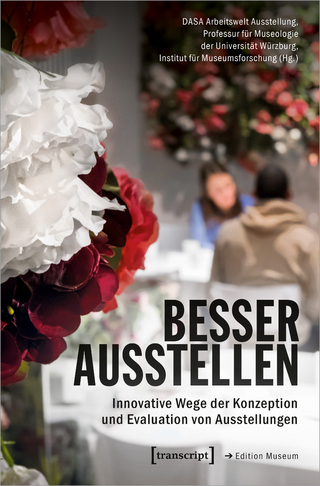
Doing Women's History in Public
Rowman & Littlefield (Verlag)
978-1-4422-6417-5 (ISBN)
A complete guide to interpreting women’s history.
Women’s history is everywhere, not only in historic house museums named for women but also in homes named for famous men, museums of every conceivable kind, forts and battlefields, even ships, mines, and in buckets. Women’s history while present at every museum and historic site remains less fully interpreted in spite of decades of vibrant and expansive scholarship. Doing Women’s History in Public: A Handbook for Interpretation at Museums and Historic Sites connects that scholarship with the tangible resources and the sensuality that form museums and historic sites-- the objects, architecture and landscapes-- in ways that encourage visitor fascination and understanding and center interpretation on the women active in them. With numerous examples that focus on all women and girls, it appropriately includes everyone, for women intersect with every other human group. This book provides arguments, sources (written, oral, and visual), and tools for finding women’s history, preserving it, and interpreting it with the public. It uses the framework of Significance (importance), Knowledge Base (research in primary, secondary, and tertiary sources), and Tangible Resources (the preserved physical embodiment of history in objects, architecture, and landscapes). Discusses traditional and technology-assisted interpretation and provides Tools to implement Doing Women’s History in Public. Using a hospitality model, museums and historic sites are the locales where we assemble, learn from each other, and take our insights into a more gender-shared future.
Heather Huyck is a public historian long dedicated to “tell the whole story,” and interpret quality women’s history. An activist-scholar as well as a park ranger, manager, and organizer, she has a PhD from the University of Minnesota, worked on the foundational Women’s History Sources Survey, and did professional staff work for 81 enacted laws in the US House of Representatives. She taught women’s history to the National Park Service and the College of William & Mary and has made numerous presentations. A past President of the National Collaborative for Women’s History Sites, she has been an OAH Distinguished Lecturer, AHA Congressional Fellow, and AHA Feis Public History Award recipient. She worked to preserve Maggie Walker documents and serves on the Mary McLeod Bethune Federal Commission. She has travelled extensively to museums in the US and Canada and to 324 national parks.
Acknowledgments
Introduction
Significance
Chapter 1: Why Women’s History Matters
Knowledge Base
Chapter 2: Researching Women’s History
Chapter 3: Written Sources: Read All About Her
Chapter 4: Oral Sources: Sermons & Parrots
Chapter 5: Visual Sources: Maps & Photographs
Tangible Resources
Chapter 6: Landscapes: Fields and Gardens
Chapter 7: Buildings & Structures: Cents Shops, Houses, and Canals
Chapter 8: Objects: Who Packed This Lunch Bucket?
Chapter 9: Preservation: From Great-Grandmothers to Great-Granddaughters
Interpretation
Chapter 10: Interpretation: Sharing Women’s History with Visitors
Appendix: Organizations, Websites & Journals
Bibliography
| Erscheinungsdatum | 10.05.2021 |
|---|---|
| Reihe/Serie | American Association for State and Local History |
| Verlagsort | Lanham, MD |
| Sprache | englisch |
| Maße | 181 x 255 mm |
| Gewicht | 558 g |
| Themenwelt | Kunst / Musik / Theater |
| Geisteswissenschaften ► Geschichte ► Hilfswissenschaften | |
| Sozialwissenschaften ► Soziologie ► Gender Studies | |
| Wirtschaft ► Betriebswirtschaft / Management ► Unternehmensführung / Management | |
| ISBN-10 | 1-4422-6417-9 / 1442264179 |
| ISBN-13 | 978-1-4422-6417-5 / 9781442264175 |
| Zustand | Neuware |
| Informationen gemäß Produktsicherheitsverordnung (GPSR) | |
| Haben Sie eine Frage zum Produkt? |
aus dem Bereich


